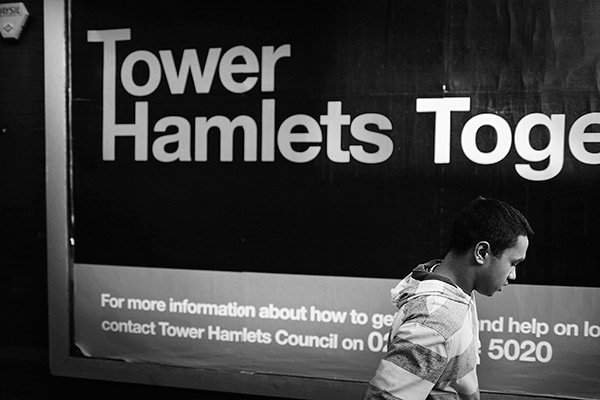In the late 18th Century, Edmund Blackadder Esquire rigged the rotten borough of Dunny-on-the-Wold’s by-election in favour of his candidate, S. Baldrick of the Adder Party. Baldrick was elected into the House of Commons with a majority of 16,472, in a constituency made up of a tiny plot of land with several farm animals – three rather mangy cows, a Dachshund named Colin and a small hen in its late forties.
Rotten boroughs continued to be a blight in early 19th century British politics, when manipulation and electoral fraud were common place, granting politicians undue power and influence over their constituency.
Turning to the present day, the blight of electoral interference has reared its ugly head again with the High Court finding Lutfur Rahman, Tower Hamlet’s first directly elected mayor, guilty of a series of electoral corruption charges, including: making false statements smearing his opponent as a racist; using taxpayer-funded grants to induce votes; bribery and corruption; and the corrupt practice of undue spiritual influence.
The election of Rahman, one of the most controversial figures in British local politics, has been voided by a judge, and he has been banned from standing again.
Eric Pickles, who last year ordered two electoral commissioners to take control of the Mayor’s office, responded to the judgement by saying: “there can be no place for rotten boroughs in 21st Century Britain”.
But, despite high levels of deprivation, Tower Hamlets is not a rotten borough; it is home to sections of the Olympic Park, stretches as far east as the thriving Canary Wharf, and is one of London’s most ripe areas for massive development as the City slowly creeps into Whitechapel and beyond.
Allegations of nepotism and corruption in the development and house building sector have surrounded the council for years
Canary Wharf continues to boom following the approval of the South Quay Plaza and the Clipper Wharf Scheme in Wapping is another example of major investment.
It is true, though, that massive swathes of Tower Hamlets are under-developed and the borough remains one of the Capital’s poorest. Until now, some of London’s worst-off communities have been sandwiched between prosperity with the City to the west and Canary Wharf to its east.
Allegations of nepotism and corruption in the development and house building sector have surrounded the council for years, not least when Rahman was Chair of the Planning Committee.
Today’s High Court ruling marks a huge change to the management and direction of Tower Hamlets, and could begin to further unlock the massive potential in the borough.
With Rahman removed from the picture, the planning environment in Tower Hamlets will become more stable, simple, and accordingly more competitive, which should lead to a better deal for constituents and developers alike.
The first question will be what to do with the proposed £9 million “vanity project” of turning the old Royal London Hospital into a new town hall. Then, expect to see a rat race of development in the local area.
In a few months, when the furore of the General Election has passed, residents of Tower Hamlets will have the opportunity to go to the ballot box – this time free from intimidation – and elect a new mayor who they think offers the best chance for a positive and prosperous future for the whole borough. They should just beware of any candidates called Baldrick from the Adder Party.

